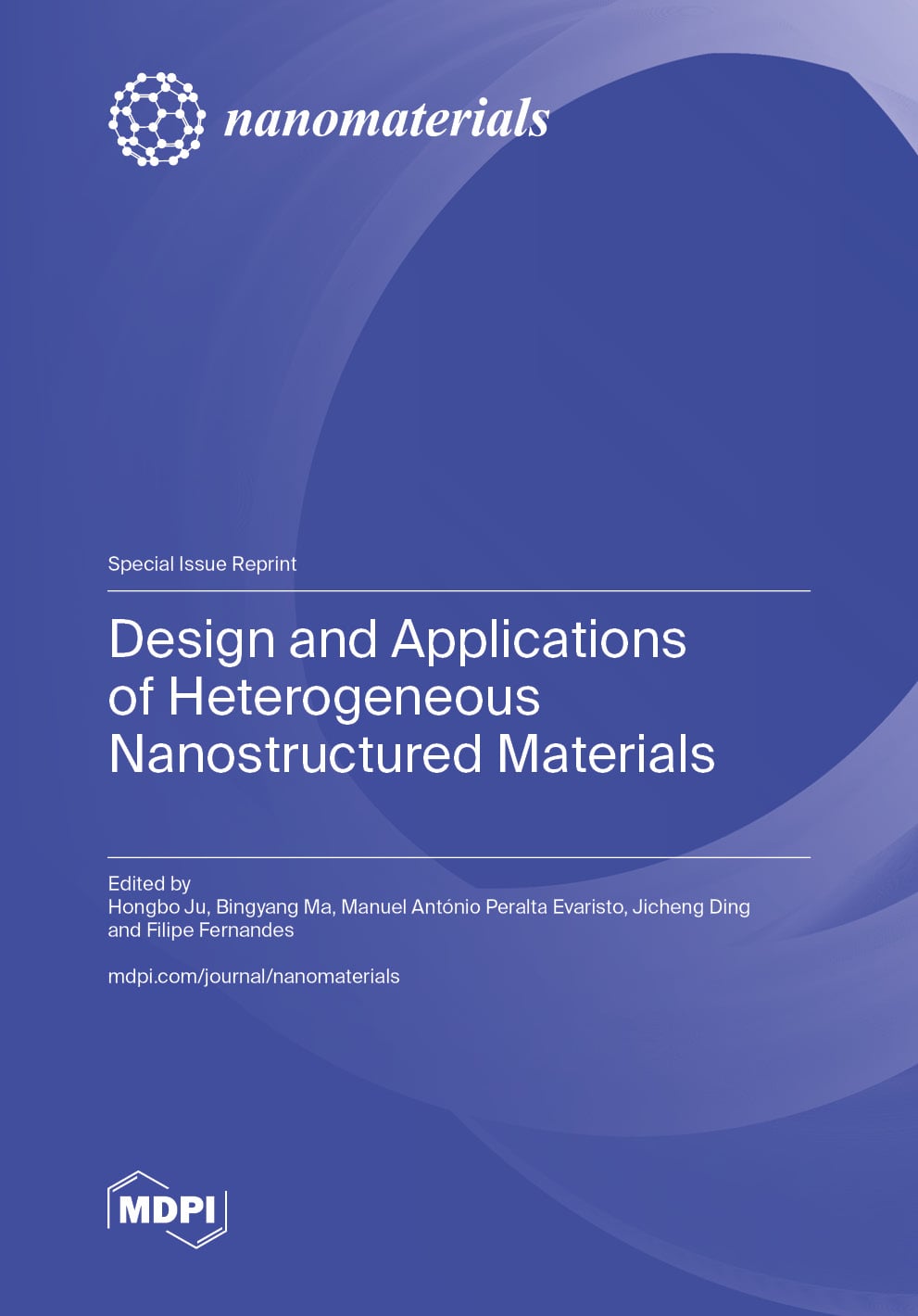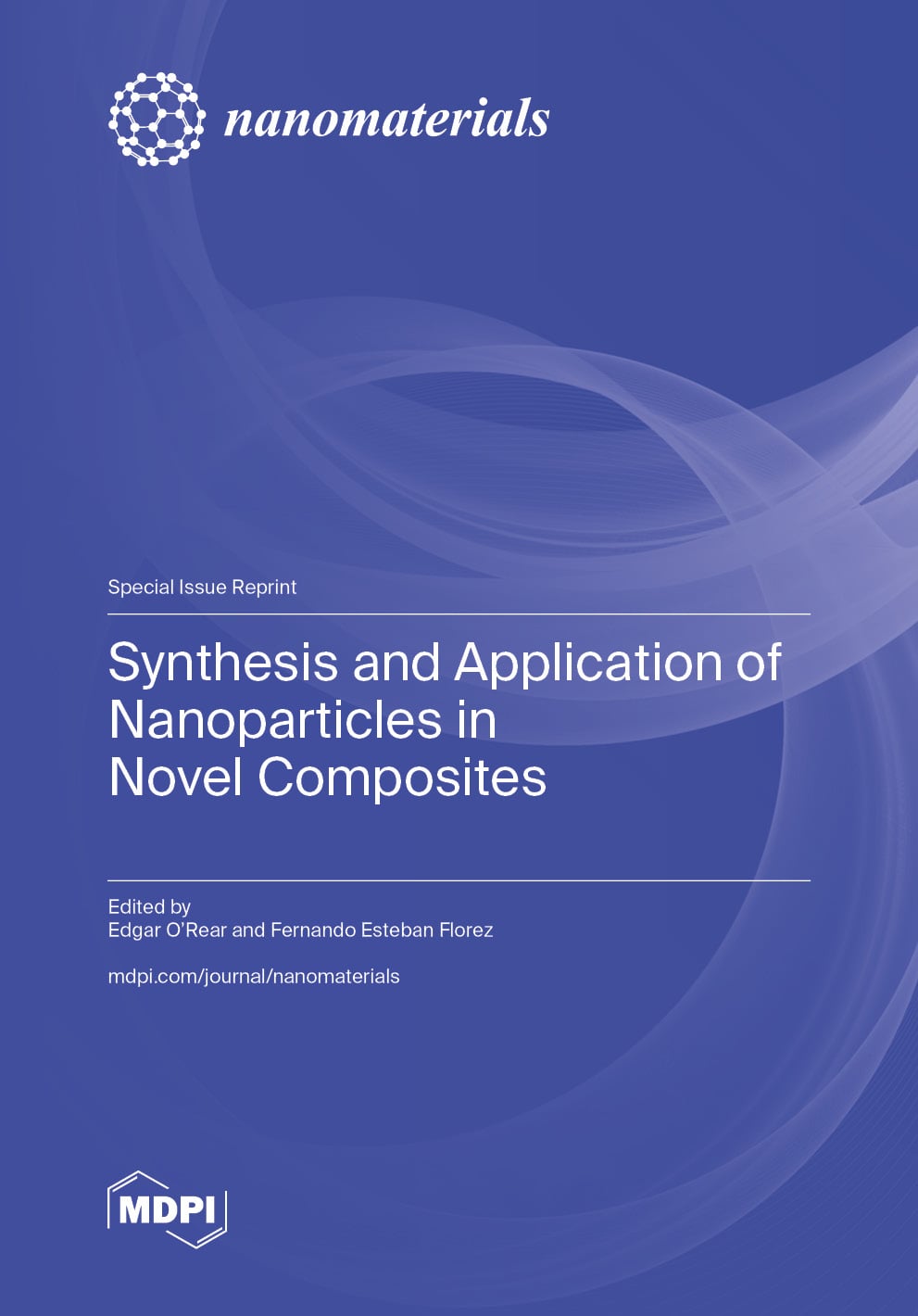- 4.3Impact Factor
- 9.2CiteScore
- 16 daysTime to First Decision
Nanomaterials
Nanomaterials is an international, interdisciplinary, peer-reviewed, open access journal published semimonthly online by MDPI, and that publishes reviews, regular research papers, communications, and short notes that are relevant to any field of study that involves nanomaterials with respect to their science and applications.
The Spanish Carbon Group (GEC) and The Chinese Society of Micro-Nano Technology (CSMNT) are affiliated with Nanomaterials and their members receive discounts on the article processing charges.
Indexed in PubMed | Quartile Ranking JCR - Q2 (Physics, Applied | Chemistry, Multidisciplinary | Materials Science, Multidisciplinary | Nanoscience and Nanotechnology)
All Articles
News & Conferences
Issues
Open for Submission
Editor's Choice
Reprints of Collections

Reprint
Design and Applications of Heterogeneous Nanostructured Materials
Editors: Hongbo Ju, Bingyang Ma, Manuel António Peralta Evaristo, Jicheng Ding, Filipe Daniel Fernandes

Reprint
Synthesis and Application of Nanoparticles in Novel Composites
Editors: Edgar O'Rear, Fernando Esteban Florez



